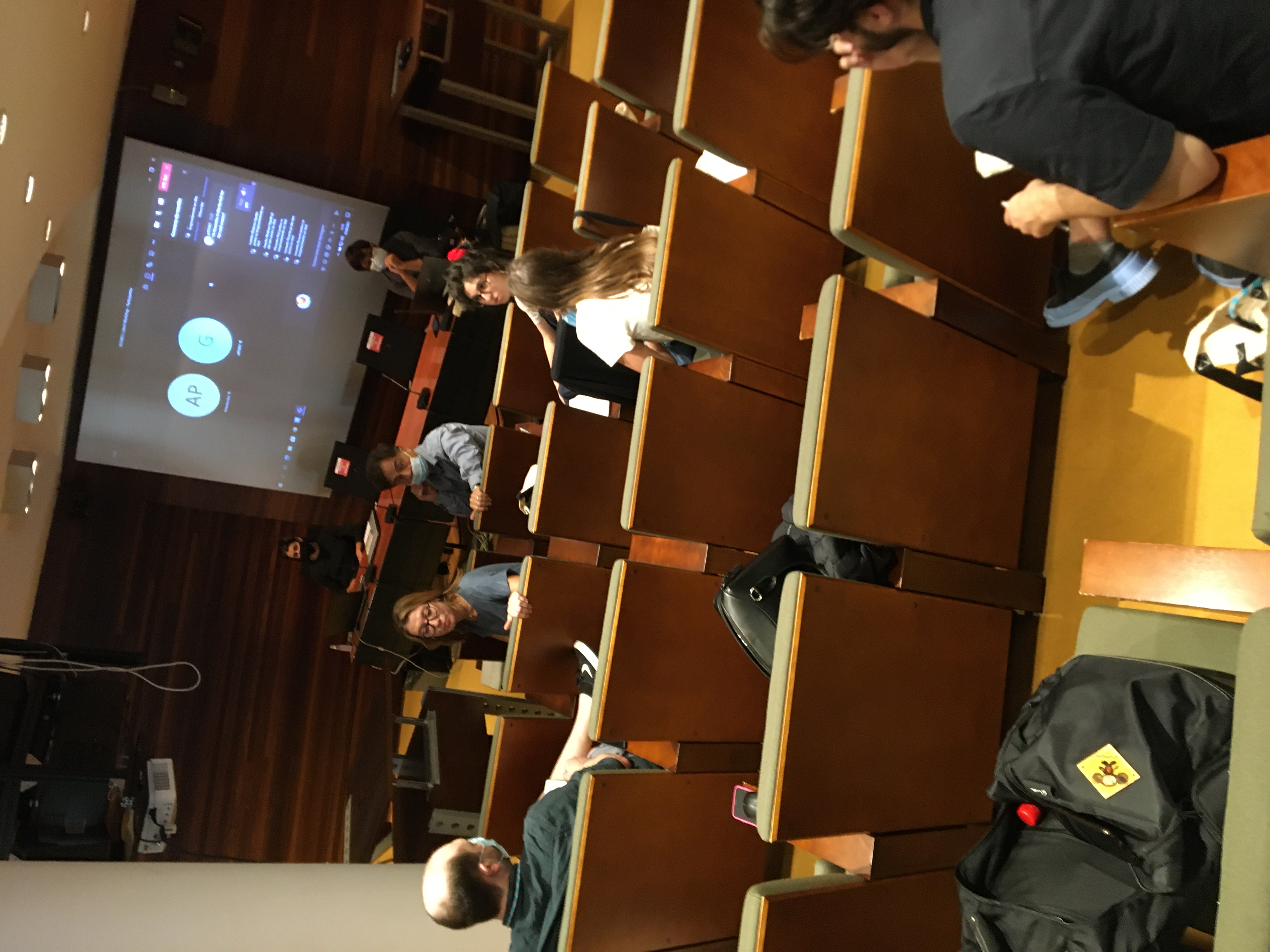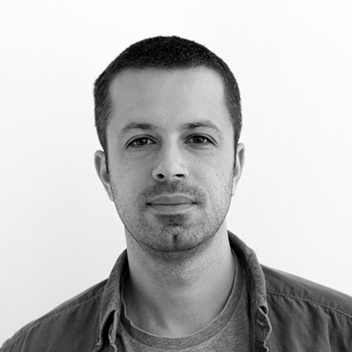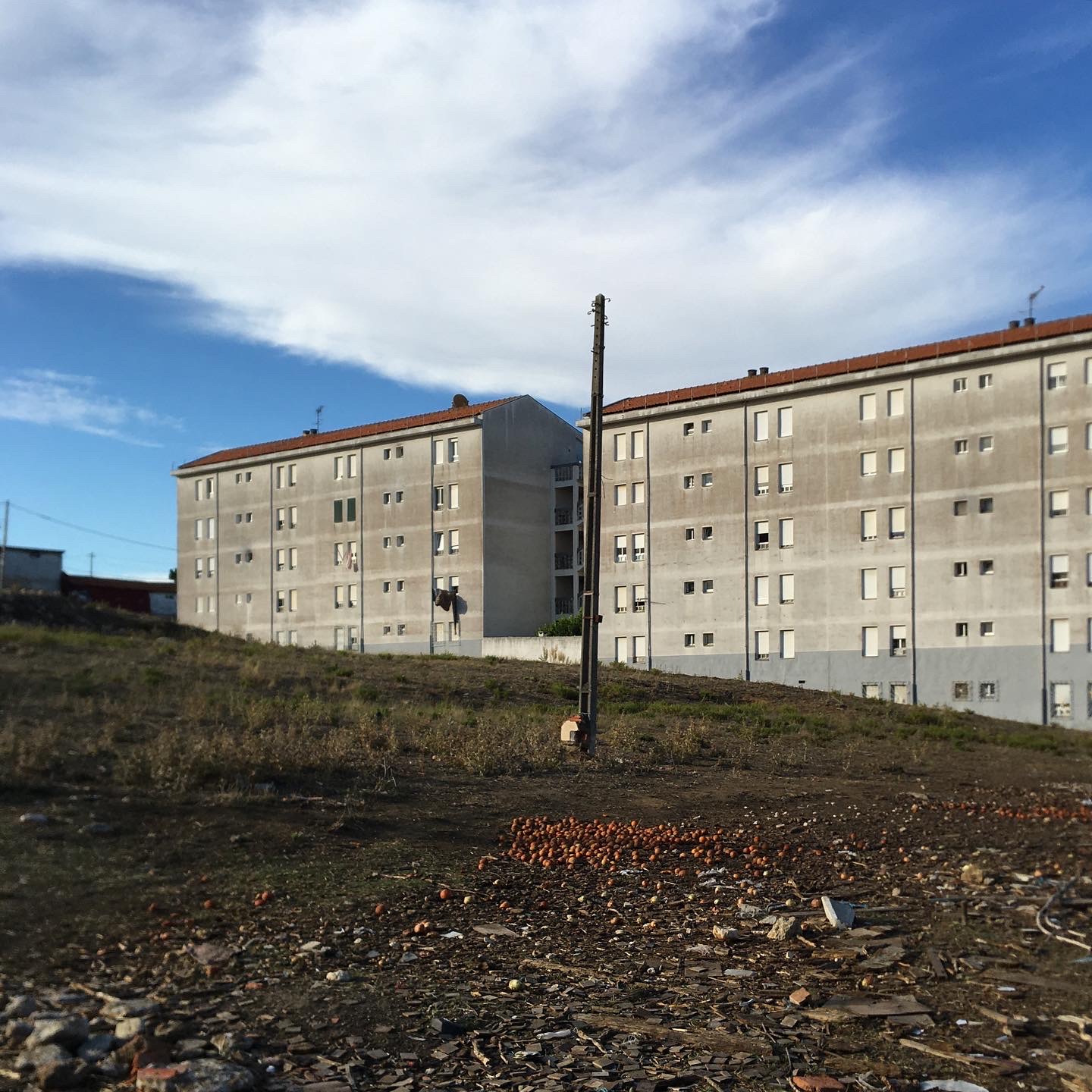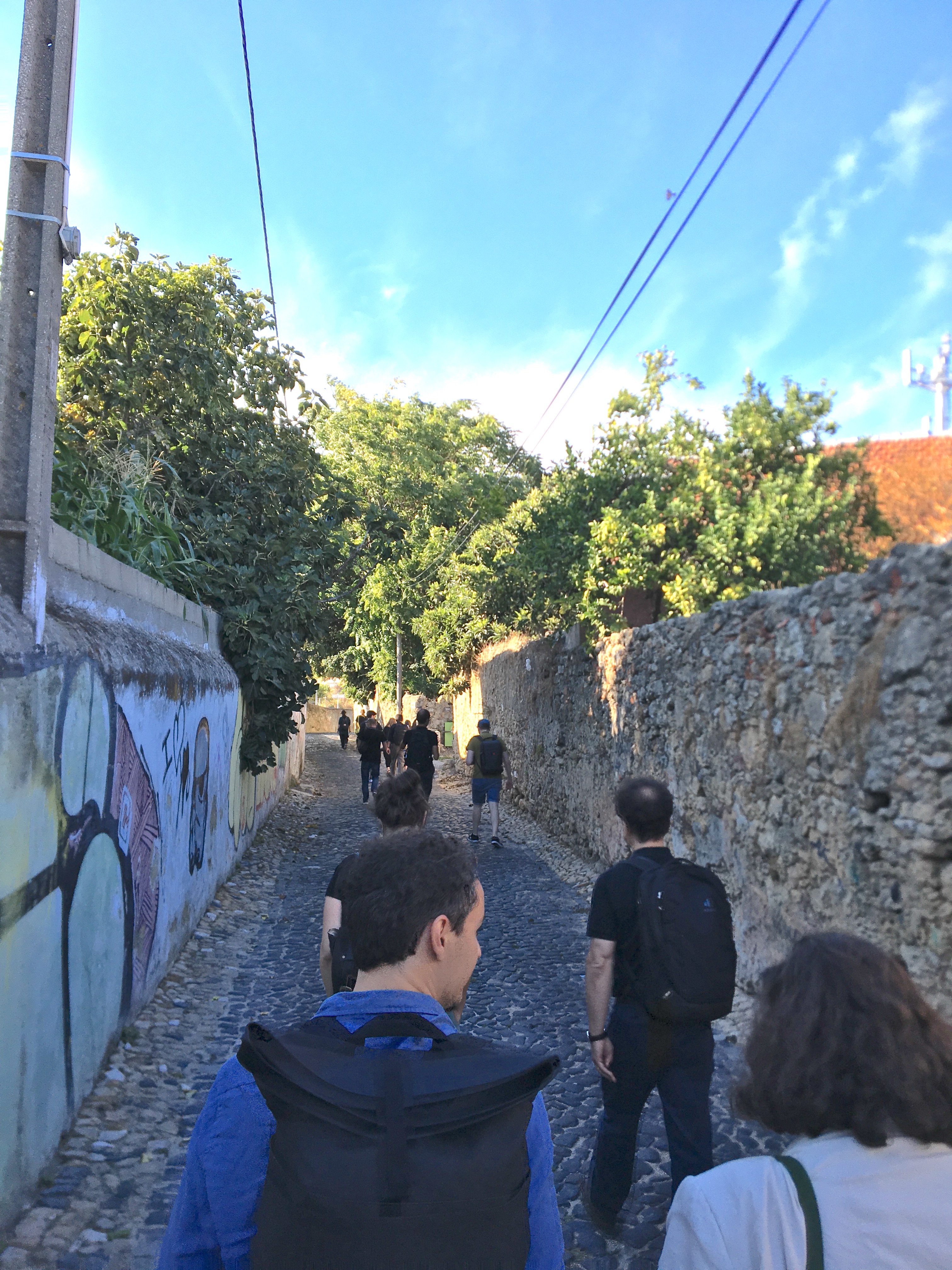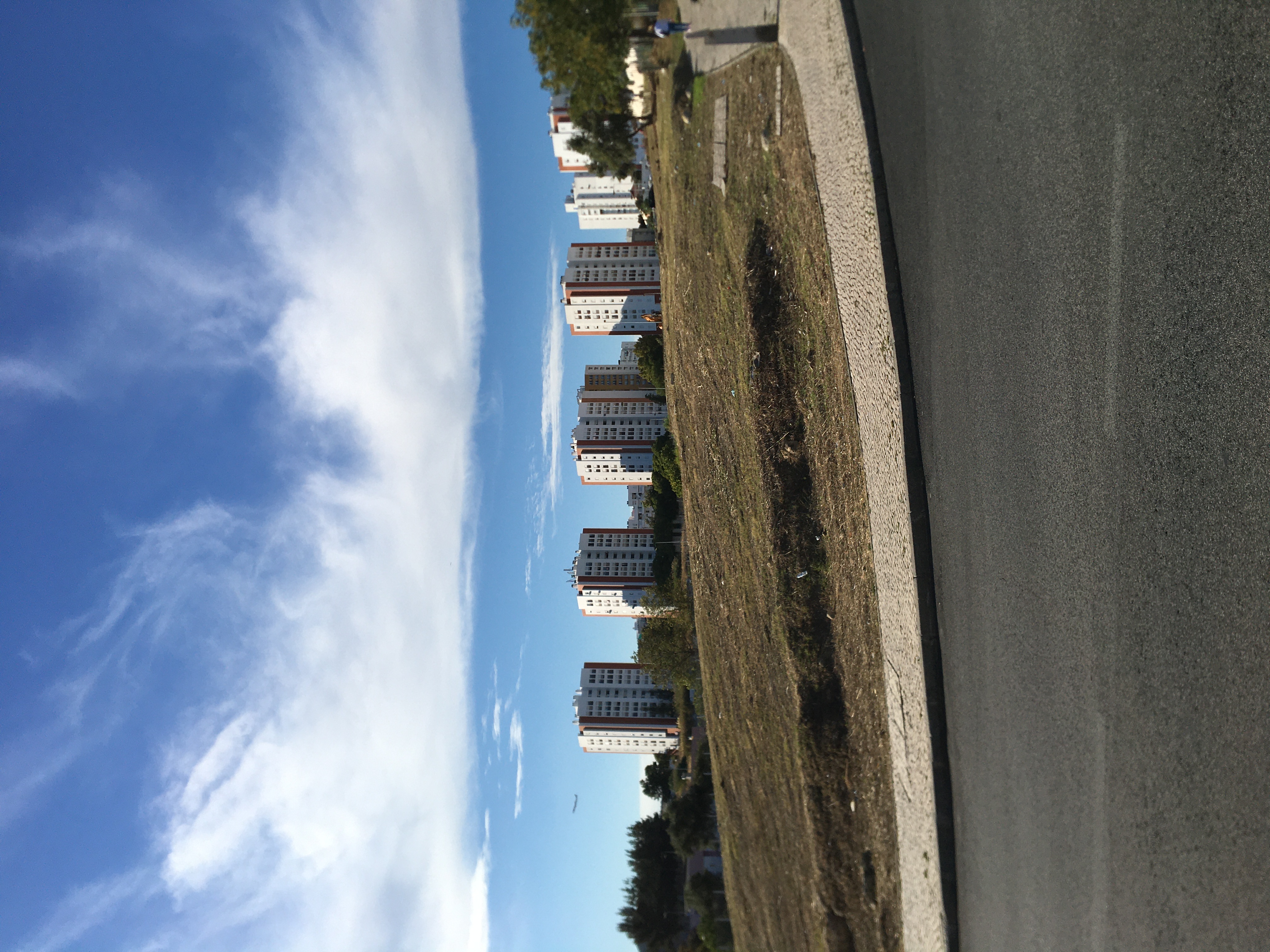Lisbon IRL, Transdisciplinarity is Now Real
Posted on 26-09-2021
It was the first time for all of us. We finally met in real life (IRL) at the Lisbon Workshop. In the three days of lecture sessions, discussion groups and case study trips a lot was accomplished. Apart from the valuable new insight on a wide spectrum of housing issues and perspectives, the transdisciplinary aspects of the Re-Dwell programme were beginning to come alive IRL! Meeting my fellow Early Stage Researchers, every discussion and every interaction was infused with the communication nuances and beautiful little moments we know to be true (and take for granted) only when being in the same space with another person. This personally felt very important and extremely different from the digitally-enabled interactions we were up to now used to as a group.
I am convinced that people and physical space assign meaning to each other. They form a co-constitutive state of socio-spatial complexity that the digital world simply cannot recreate accurately, and transdisciplinary research may be in fact dependent upon such IRL-ness.
Social media slang aside, real life is perhaps inherently based on transdisciplinary interaction. Transdisciplinarity became expressed in the when and how of voicing opinions, in the excitement in our voices and in the way we critically and selectively chose what to say when in a big group or one to one. This is maybe the point of research on housing matters that are most definitely not going to be addressed by researchers in academic vacuums. When I saw us as a group in the lecture room, turning towards each other in a spontaneous moment of heated debate, we were directly engaging with each other, stretching and testing conceptual and philosophical boundaries.
Similarly, walking, seeing, listening and then talking about our environment was an emotional learning process during the social housing visit of the Marvila district that was directly engaging with certain boundaries. I remember feeling a strong sense of awareness of being an outsider, a researcher with a purpose but somewhat distant from the daily routines of peoples' lives that we were casually observing. The boundaries that we were crossing were now not so much disciplinary, but spatial, physical and perhaps more personal. What does housing mean for the people living in it, how is it performed and by whom is it shaped? We were now in the results of previous accomplishments and failures, not above them. We are beginning to splash “in the murky waters and messiness of local struggles and conflicts” (Kaika, 2018) and perhaps this is where transdisciplinarity is necessarily practiced.
Kaika, M. (2018). Between the frog and the eagle: claiming a ‘Scholarship of Presence’for the Anthropocene. European Planning Studies, 26(9), 1714-1727.

